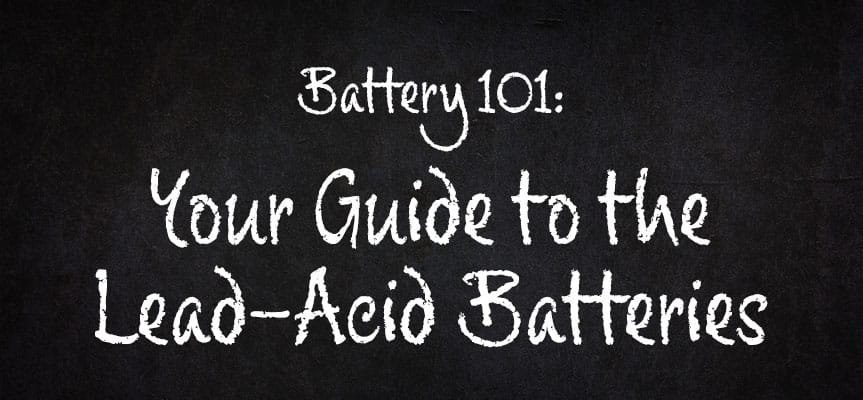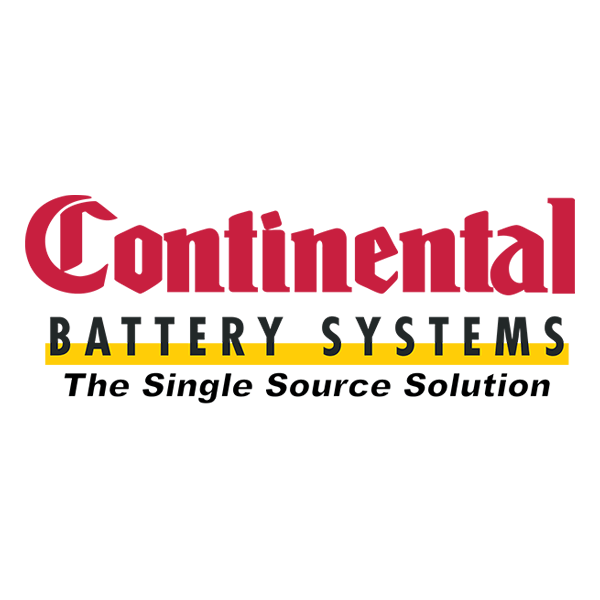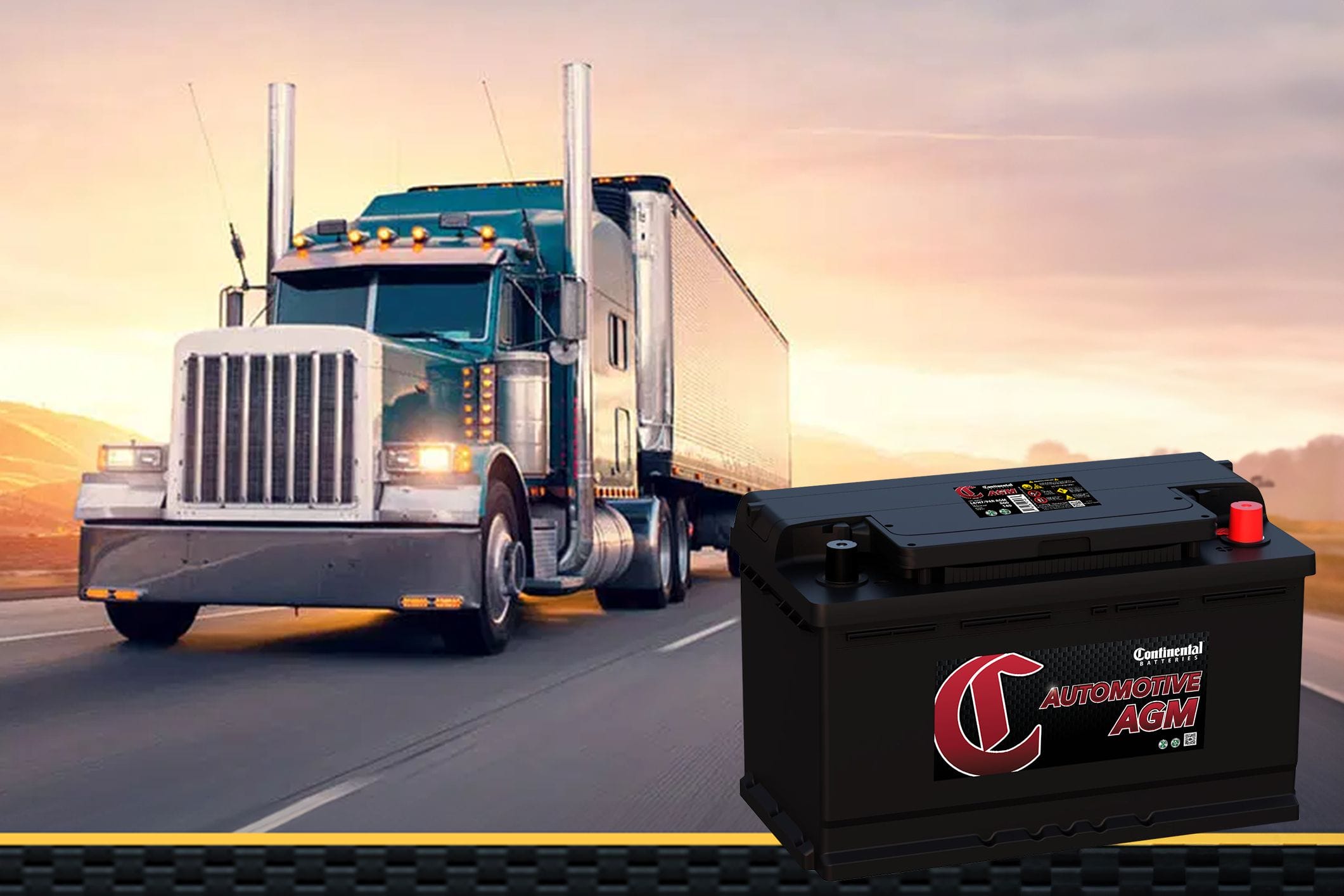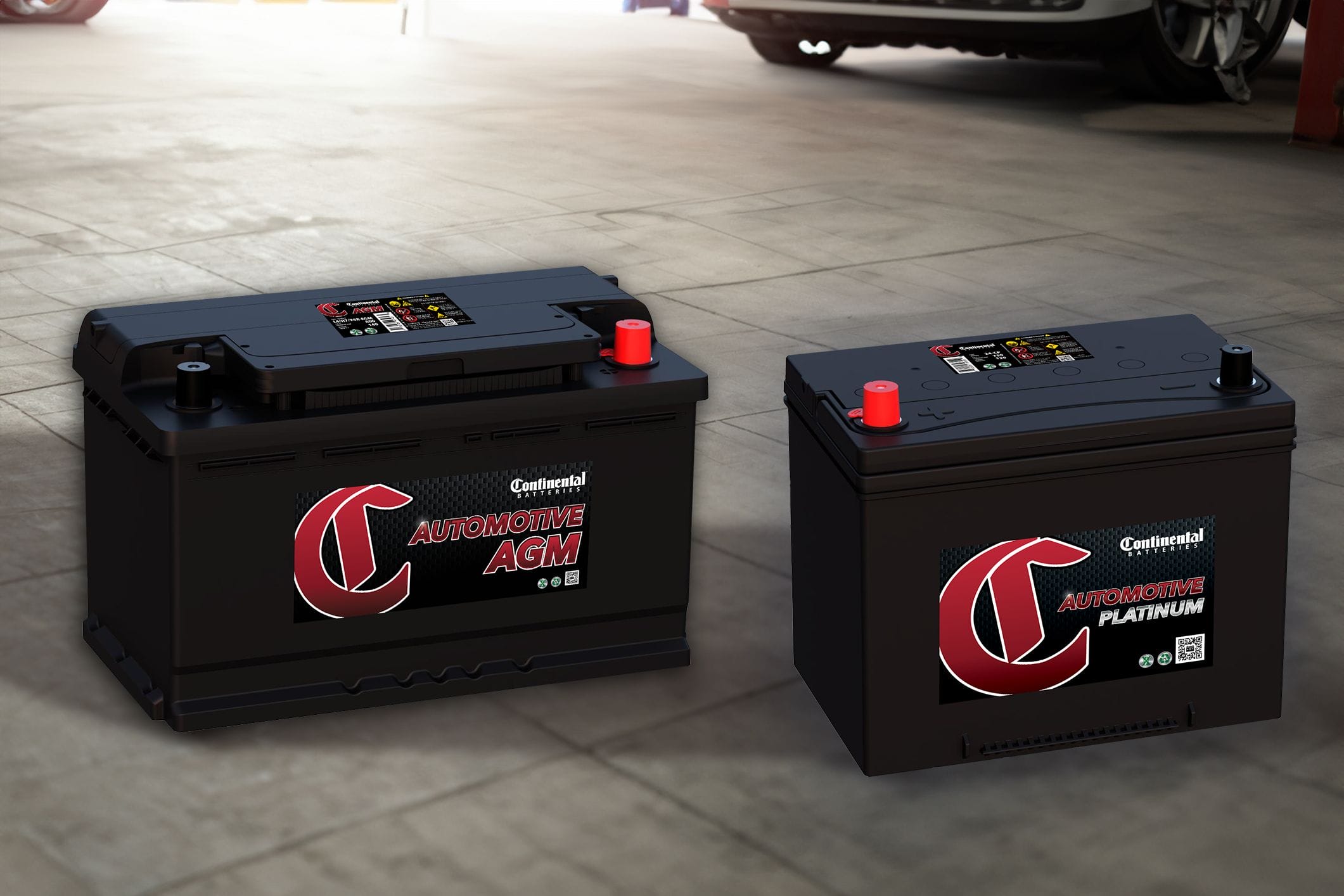
From morning commutes to tooling around the golf course on a sunny Saturday afternoon, batteries get your customers where they need to go.
The most popular types of batteries for powering vehicles are lead-acid batteries. Though they date back to the 19th century, lead-acid is still the technology drivers rely on most to keep them moving. But lead-acid batteries aren’t one-size-fits-all. In fact, the battery you should choose is highly dependent on your vehicle and the type of power it needs.
Keep reading to learn about the power of lead-acid batteries.
What is a Lead-Acid Battery?
In its simplest form, a battery is a device that stores chemical energy and converts it to electrical energy.
Batteries have three main components:
- Anode (the negative side), where energy flows out of the battery.
- Cathode (the positive side), where energy flows into the battery.
- Electrolyte, a liquid or gel that reacts with the anode and cathode.
In a lead-acid battery, the anode is connected to lead plates on one side of the box, and the cathode is connected to lead dioxide plates on the opposite side. The middle is made up of alternating lead and lead dioxide plates surrounded by sulfuric acid (the electrolyte).
When the reaction is initiated, a current flows from the lead oxide cathode to the lead anode. The lead gives up electrons that the lead dioxide accepts, converting both plates into solid lead sulfate. The supply of energy and external resistance discharges the battery.
Power vs. Energy
According to Bill Hammack, the Engineering Guy, batteries are engineered to have either high energy density or high power density. “The difference being that batteries with a high energy density can store large amounts of energy, and release it reliably over long periods of time, whereas batteries with a high power density release large amounts of energy quickly.”
Lead-acid batteries that skew toward the high power density end of the spectrum are used to provide a quick burst of power, like when you turn the key in your car’s ignition.
High energy density batteries are designed with longevity in mind. These batteries power things like golf carts or powersport vehicles that need a lasting supply of energy. They’re also effective in renewable energy applications, where energy captured from solar panels needs to be stored for extended periods of time.
High Power: Starting, Lighting, Ignition Batteries
Starting, lighting, ignition (SLI) batteries fall into the high power category. These are the batteries you’ll find in your car or motorcycle. They are designed to provide a powerful burst of energy to start the ignition. SLI batteries aren’t designed to keep your car running; that’s the job of the engine. As your car runs, the alternator recharges the battery. SLI batteries shouldn’t be deeply discharged. In fact, if you run your SLI battery to zero charge multiple times, you’ll likely end up with a dead battery.
Primary applications for SLI batteries include:
- Cars and trucks
- Motorcycles
On the inside: SLI batteries have thin lead and lead dioxide plates densely packed between sheets of sulfuric acid. More plates mean more surface area, which equals more starting power.
High Energy: Deep Cycle Batteries
A deep cycle battery’s job is to keep a vehicle running with a steady amount of current over a long period of time. In contrast to SLI batteries, deep cycle batteries are designed to discharge up to 75% of their inbuilt capacity.
Primary applications for deep cycle batteries include:
- Golf carts
- Recreational vehicles
- Trolling motors for fishing boats
- Floor scrubbers
- Forklifts and aerial work platforms
- Renewable energy storage solutions
On the inside: Deep cycle batteries use thicker electrodes that are spaced further apart. In some applications, there is also more room beneath the plates to collect sulfuric acid debris that falls off the plate as deep discharge occurs. Others are anchor bonded, meaning they are bonded to the bottom of the case to keep the plates from shaking apart in high-vibration environments.
Types of Lead-Acid Batteries
Both SLI and deep cycle batteries can be subcategorized based on how the battery is constructed.
Flooded (or wet cell) batteries contain liquid that is a mixture of sulfuric acid and distilled water. Flooded batteries release gas as they discharge and need to be placed upright to prevent leaking. Flooded batteries also need to be watered from time to time to remain in good working condition.
In sealed lead-acid batteries (SLA), the electrolyte, or battery acid, is either absorbed in a plate separator or formed into a gel. Because they do not have to be watered and are spill-proof, they are considered low maintenance or maintenance-free. SLAs typically have a longer shelf life than flooded batteries and charge faster. However, they can be more expensive.
SLAs are further broken down into categories:
- Absorbent glass mat (AGM) batteries contain glass mat separators that absorb battery acid. The mats store electrolyte and transfer it to the battery plates as the vehicle runs.
- Gel batteries contain silica, a substance used to stiffen the electrolyte solution. The gel holds electrolyte and transfers to the battery plates, similar to AGM. Gel batteries can be mounted in any orientation.
Maintaining Your Lead-Acid Battery
Lead-acid batteries can last anywhere between three and 10 years depending on the manufacturer, use and maintenance. To get the most life out of your battery:
- Don’t let your battery discharge below 20%.
- Don’t overcharge your battery.
- Keep the battery clean, including terminal connections and cables, to prevent corrosion.
- Avoid overheating the battery.
Disposing of Spent Lead-Acid Batteries
According to the EPA, 99% of rechargeable lead-acid batteries are recycled, making them the most recycled consumer good in the United States. Recycling spent batteries is not only good for the environment, it’s also easier than you might think. Many states have laws in place that require battery retailers to accept used lead-acid batteries (the kind used in vehicles).
Continental Battery Systems is committed to keeping batteries out of the landfill. In fact, we recycle more batteries than we sell. Visit one of our locations to recycle your used batteries.






